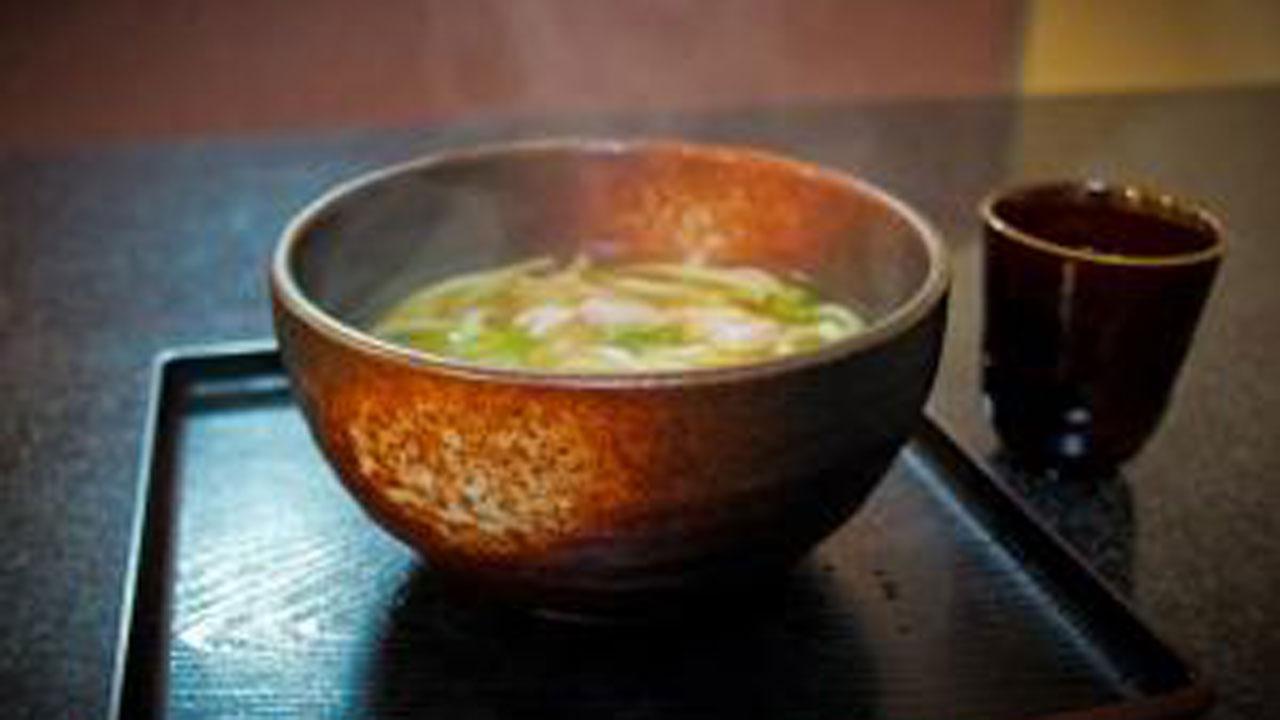Singapore’s street food hawker culture recently bagged UNESCO’S Intangible Heritage tag, a timely recognition of its rich, diverse culinary legacy. Can we replicate this?

This picture has been used for representational purpose
There is this scene from Crazy Rich Asians, the rom-com blockbuster, where the cute-as-candy lead pair Nick and Rachel and their friends eat their hearts out at Singapore’s popular Newton Food Centre, an outdoor market that’s a street food paradise. That scene highlighted how despite belonging to Singapore’s elite, Nick, rather than taking his partner — an Americanised South Asian — to a pricey fine-dine, introduced her to the city-nation’s thriving hawker culture instead, as soon after they landed in his hometown.
ADVERTISEMENT
In December 2020, Singapore’s street hawker culture bagged the UNESCO ‘Intangible heritage’ tag. The hawker centres are known for highlighting Singapore’s multiculturalism, selling cheap, delicious Chinese, Malay, Indian-origin food, among other influences. This columnist recalls her wanderings from nearly a decade ago, where she went nuts trying to control her urge to sample every call from these affable hawkers who can be located across well-planned food centres that dot the city-nation. Now, unless you are a ‘crazy, rich Asian’, which I am not, shopping in places like Singapore and Hong Kong can be quite a challenge; worse, if you head there assuming it’s another Bangkok or Kuala Lumpur. Smart bargains are frowned upon in its culture, and I soon figured that food should be my focus.
Those visits to hawker courts opened my eyes to a diversity that spanned three distinctly different corners of Asia. ‘Three great cultures and their cuisines — Chinese, Malay and India — meet, mingle and flourish,’ wrote Wendy Hutton in Singapore Food (1979). After three days of soaking in the aromas and flavours of this uniquely Singaporean cuisine included my favourite – the chilli crab, made from Chinese bean paste, Malay chilli, Western tomato sauce and Sri Lankan crabs, one thing became obvious. Their hawkers were true culinary stars. In fact, The Guardian revealed that in 2020, of the 58 places to eat in Singapore that were on the prestigious Michelin Bib Gourmand list, 33 were food hawker kiosks. Many of these champion chefs have won Michelin stars, too, and some of it comes for as cheap as $1.25 (Singaporean)!
In 2020, like with every other profession, the F&B industry took a hit worldwide. Several charity-ridden ventures were floated here to support the worst hit among Singapore’s street food hawkers. The UNESCO tag has come as a blessing. Already, the government has plans to encourage and sustain this culture, and ensure that these much-loved public dining areas enable old and new vendors to continue this Singaporean tradition.
Now, if we were to train our eyes back on Bombay, can such an idea be realised here? We all witnessed how food hawkers were left in a precarious scenario during the lockdown. As the new normal unravels, and people return to eating out, albeit gingerly, it’s an opportune time for the state government to put some checks in order and start afresh with them, chiefly by regularising their existence, and offering them fixed locations. Hygiene, as we’ll unanimously agree, must be the bedrock for such ideas to take flight, tempt investors et al.
Why not redeem our faith in this integral cog of the F&B culinary wheel? Replicating the Singapore street food culture model can be worth a shot, especially as we witnessed a whole range of homegrown ideas and innovations that took shape, and continue to do good business. From a blue-collared entrepreneur selling authentic Parsi fare to a Koli family dishing out traditional fare, they all made it to the pages of The Guide and have scored full marks in our anonymous reviews. There are plenty more who’ve set up shop; they need support and encouragement and better facilities to carry on their trade. It will bode well for the city’s diverse appeal, if its street food culture were to get a better defined tagline than the bhelpuri and pav bhaji at Juhu beach label that it gets typecast with ever so often.
Well-planned food courts, high standards of hygiene and a uniform licensing system devoid of red-tapism to ensure everyone gets a fair deal, is the need of the hour. For a city that calls itself the melting pot of communities, it’s high time we celebrate the original custodians who keep its fire alive.
mid-day’s Features Editor Fiona Fernandez relishes the city’s sights, sounds, smells and stones...wherever the ink and the inclination takes her. She tweets @bombayana
Send your feedback to mailbag@mid-day.com
 Subscribe today by clicking the link and stay updated with the latest news!" Click here!
Subscribe today by clicking the link and stay updated with the latest news!" Click here!






